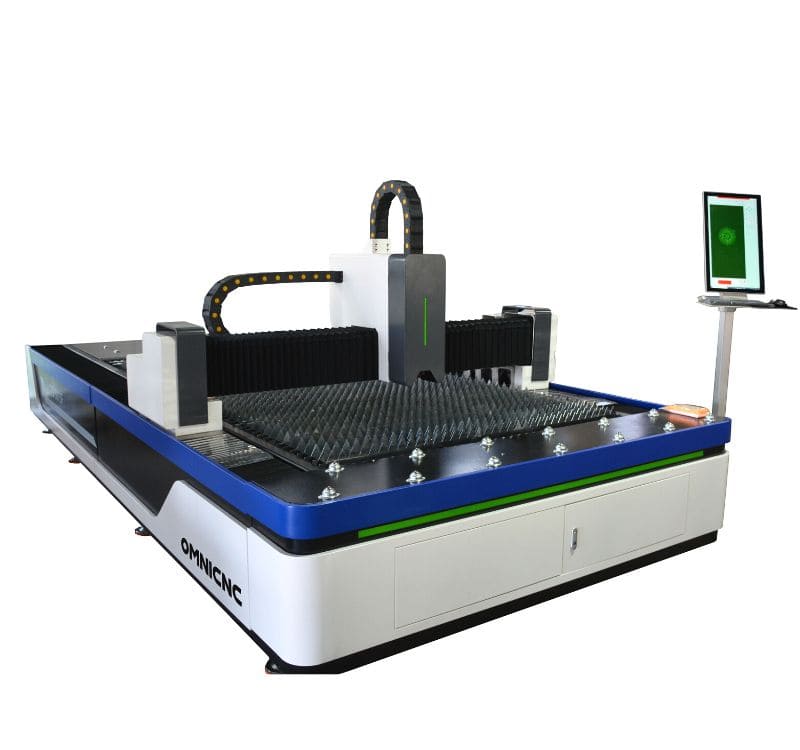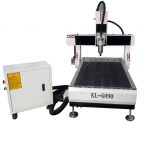CNC metal cutting is one of the most revolutionary advancements in manufacturing technology. CNC stands for Computer Numerical Control, and it is a process that uses a computer-controlled cutting machine to shape and cut metal components from a CAD (Computer Aided Design) file. This process is used in a variety of industries including aerospace, automotive, and shipbuilding.
The advantages of CNC metal cutting over traditional metal-cutting processes are numerous. For starters, CNC cutting is faster and more accurate than manual metal cutting. This allows for more efficient production, which can lead to increased productivity and cost savings. CNC metal cutting also produces more precise and consistent results, which is essential when creating intricate designs and components.

In addition to its efficiency and accuracy, CNC metal cutting is also more cost-effective than manual metal cutting processes. This is because CNC cutting machines can be programmed to run with minimal operator intervention, meaning that the cost of labor is drastically reduced. Furthermore, CNC metal cutting machines can be used to produce parts with a wide range of sizes and shapes, which can further reduce costs associated with production.
Finally, CNC metal cutting allows for more flexibility in the design process. With CNC cutting, complex designs can be easily modified and adjusted as needed. This allows for greater creativity and innovation in the design process, giving manufacturers the ability to create unique and custom components that would be impossible to produce using manual metal cutting methods.
Overall, CNC metal cutting is a revolutionary process that has revolutionized the manufacturing industry. It is faster, more accurate, and more cost-effective than traditional metal cutting processes, and it allows for greater creativity and innovation in the design process. As such, CNC metal cutting has become an invaluable tool for manufacturers of all kinds.

